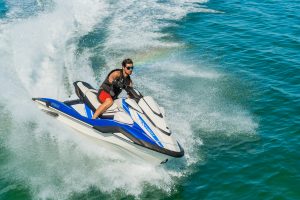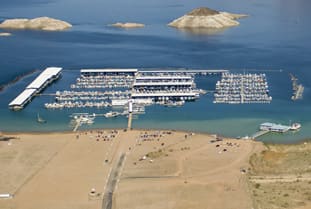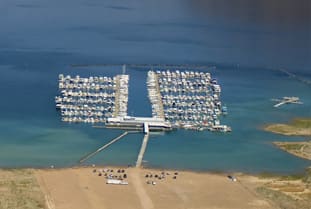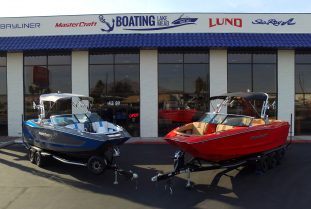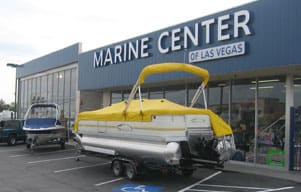Boating is a Fun and Exciting Pastime
The Boating Lake Mead team strives to help educate boaters to make boating a fun, memorable past time. There are many different types of courses for all different types of learning. We encourage all boaters, regardless of age or law, to obtain your boating safety certificate, practice boating safety on your boat as the captain, passenger or guests! Boating safety saves lives!
Nevada Requirements:
Nevada requires any body born after January 1, 1983 to have a boating safety certificate to operate a motorized vessel. BoatingLakeMead requires boater’s safety for all motorized vessel rentals regardless of age and experience.
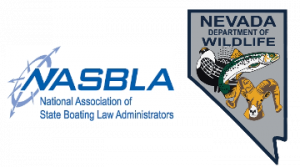
Below you will find links to a few testing options to obtain your boating safety certificate.
| Open Book – Mail In option | Free |
| Ilearntoboat | $54.95 |
| Boat-ed.com | $39.95 |
| AceBoater.com | $34.95 |
| BOATERexam.com | $34.95 |
| BOATsmart! | $39.95 |
| BoatTests101.com | $29.99 |
| Safe2Boat.com | $27.95 |
| BoatUS | Free |
Learn From Home! Download the Boating Safety Book – take the open book test in the back and mail into the Nevada Department of Wildlife.
FREE AND EASIEST TIME COMMITMENT
![]()
Boat Rental Education Requirements:
As a commitment to boating safety – BoatingLakeMead requires a Boater’s Safety Certificate or License to rent a boat from us. You can make a reservation before you obtain this license but the person renting and all the drivers will be required to have and upload one to our reservation app. Your certificate / license must be NASBLA or Coast Guard approved. Click for instructions to download our reservation app.
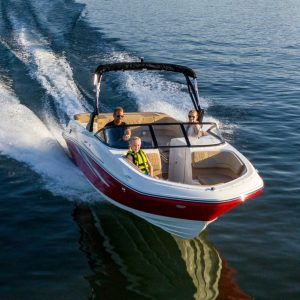
Keys for staying safe on the water and keeping all your passengers and guests safe
Life Jackets Are Essential – Get Educated, Reduce Risks – Be Prepared – Exercise Good Judgement
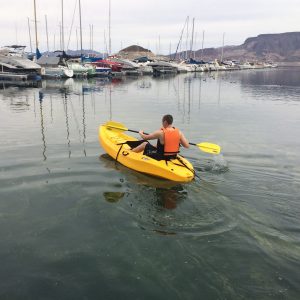
Other Safety Resources:
LIFE JACKET SAFETY – LEARN MORE
![]()
